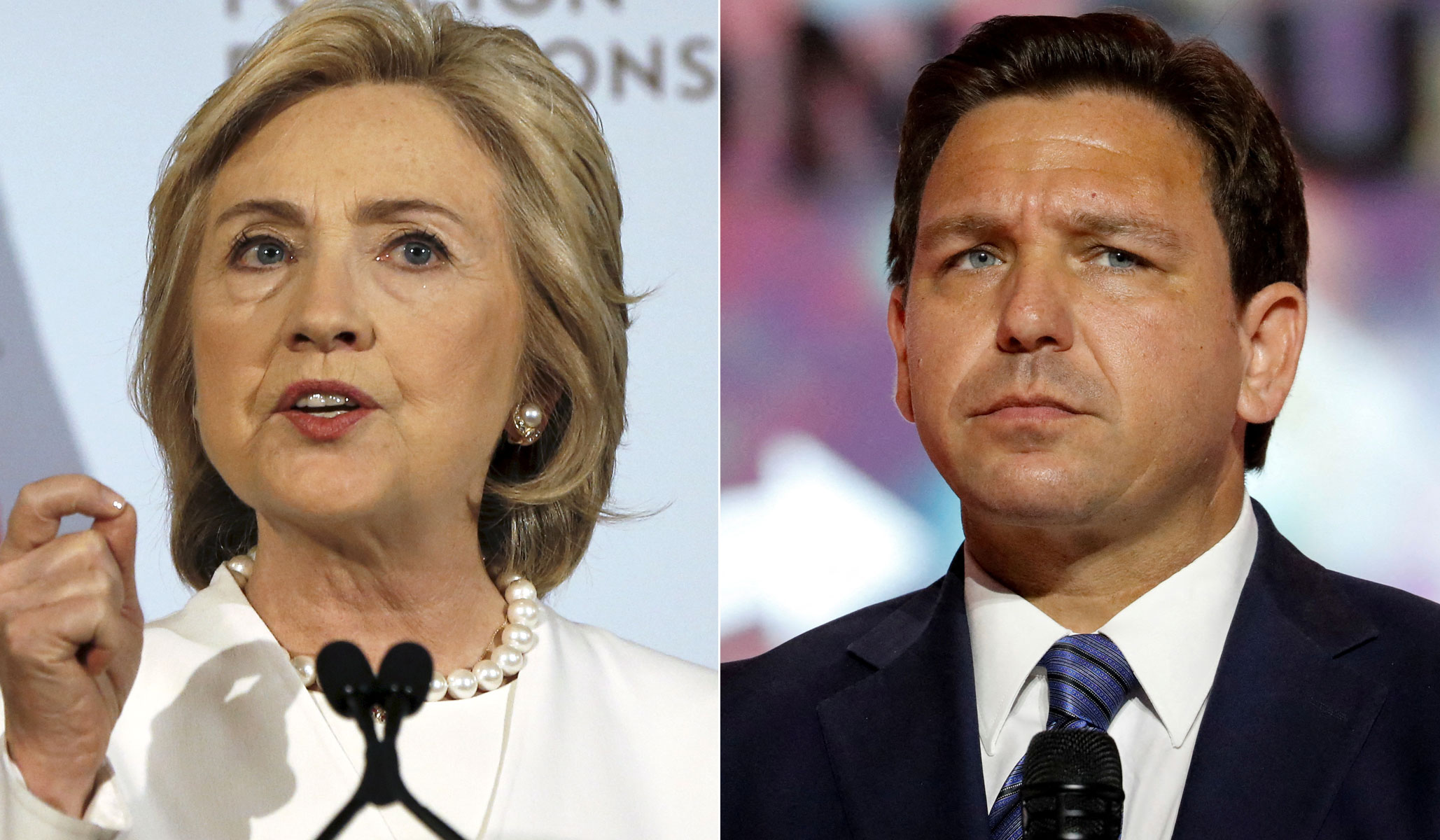


NRPLUS MEMBER ARTICLE I n 2016, we learned about the crucial importance of “Obama-Trump” voters. Some estimates held that up to 13 percent of Trump’s voters in 2016 had voted for Obama in a previous election. This reflects the moodiness of swing voters, the changing composition of the two parties, and the continuities between the two very different men.
Notably, Obama and Trump both ran their campaigns as critics of NAFTA. Hillary Clinton lost about one out of every four Obama voters who were white men with only high-school education. Some analysts believed that Trump increased the number of Trump Democrats in the 2020 election, even as he activated an even larger coalition to vote against him. One of the characteristics of the Obama-Trump voter was an anti–status quo bias. These voters wanted fundamental change to America’s economic model or its ruling class.
While we are a long way from another party-reshaping presidential election, I would like to propose that there is another crossover voter type who is waiting to make noise: the Hillary-DeSantis voter.
Providence places me in a social setting — the suburbs of New York — where I feel surrounded by people who voted for or at least preferred Hillary Clinton in 2016 but, in the years since, have shifted their politics toward the right, and more specifically toward Ron DeSantis.
There are plenty of DeSantis Democrats in Florida — that is, Democrats in Florida who shifted to support him in his reelection, or disaffected Democrats who moved from their blue states during the pandemic in order to experience relative freedom under DeSantis. Since his election, Republicans have taken a dramatic lead in registered voters in the state. And in a surprisingly weak electoral year for Republicans, DeSantis was able to create a Roman triumph of a victory in Florida, flipping Democratic strongholds such as Miami-Dade County, Hillsborough County, and Palm Beach.
In interviews, DeSantis Democrats cite the Florida governor’s general effectiveness as an executive. In some ways, the Hillary-DeSantis voter is the opposite of the Obama-Trump voter. Instead of a downwardly mobile rural white man, the Hillary-DeSantis voter is likelier to be an upwardly mobile suburban white woman, married and with children. The Obama-Trump voter was an anti–status quo voter. That doesn’t mean that the Hillary-DeSantis voter is pro–status quo, or establishmentarian. The Hillary-DeSantis voter is for restoring “normalcy.” They are conservatives only because they feel that the Left has run away from them and stranded them nearer to the Right.
Conservatives love DeSantis now as a champion of school choice. The Hillary-DeSantis voter appreciates him because he became a defender of normal public school, using his emergency powers during the pandemic to limit the powers of public-health bureaucrats who were making school more abnormal across the country. The Hillary-DeSantis voter loves DeSantis because he so vigorously opposed employer mandates. He stood up against what was seen as a left-wing revision to the social contract, one in which bosses and HR managers suddenly got to inquire when you got a Covid vaccine and why you did not, even if you had already acquired a Covid infection, and then threaten your livelihood.
The Hillary-DeSantis voters are not really social conservatives who fret about religious liberty, deeply regret the Obergefell decision legalizing gay marriage, or want to severely restrict abortion. They are more likely to be voters who were alienated by Democrats on crime, education, or transgender issues in the last few years. Many Hillary-DeSantis voters live in households that have guns in them, for the first time in the last few years. The National Institutes of Health estimates that 2.9 percent of American adults (7.5 million people), became new gun owners from January 1, 2019, to April 26, 2021. Becoming a gun owner is, for many Americans, a politically transformative event, cementing an overall attitude change about citizenship, public order, and the government.
On transgender issues, elected Democrats have sided with a radicalized and minoritarian college-educated opinion that people born male should be able to compete in women’s sports and enter girls’ bathrooms at will. They believe that the only permissible form of treatment for gender confusion or dysphoria in children is immediate social transition followed by the swiftest possible resort to unregulated hormone therapy and experimental surgery.
The divide over trans issues splits Democrats along education lines, recreating the same Obama-to-Trump political pipeline by which non-college-educated voters moved right. “Democrats with a bachelor’s degree or more education are more likely than other Democrats to say a person’s gender can be different from the sex they were assigned at birth,” according to Pew. “About three-quarters (77%) of Democrats with a bachelor’s degree or more say this, compared with 60% of Democrats with some college and 57% of those with a high school diploma or less. No such divide exists among Republicans.”
Hispanic voters increasingly represent an extension of this problem for Democrats. The party has moved to the left of Hispanics on immigration and transgender issues, according to analyst Ruy Teixeira. When Tim Alberta explored the increasing disaffection of Hispanics from the Democratic Party, he asked an Obama political aide, Carlos Odio, where the dynamic was most dire for Democrats. Odio didn’t hesitate to say: Miami, Fla.
If Ron DeSantis has a chance of overcoming Donald Trump in the Republican primaries and making his case for president, he will have to point to and vigorously represent the Hillary-DeSantis voter. Donald Trump tended to alienate suburban women from the party. DeSantis has been a major pull for bringing them back into it. DeSantis’s reelection in 2022 is the closest thing that Republicans have to a vision for a new majority coalition. It’s a coalition built with supporters of Trump, but its capstone is made of people who never could vote for the Donald.
